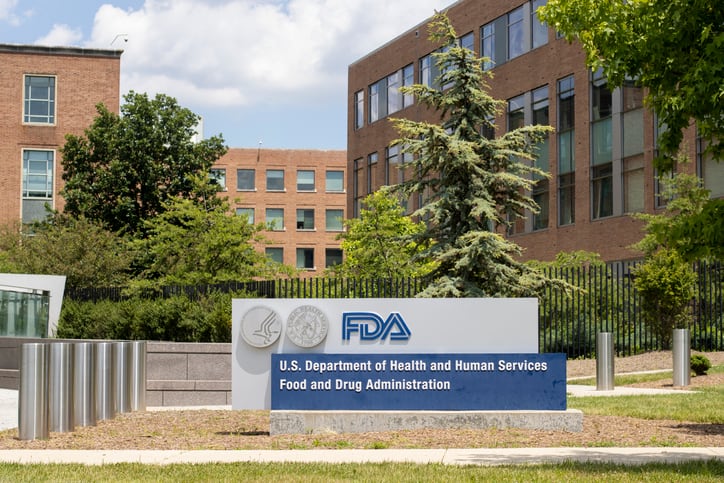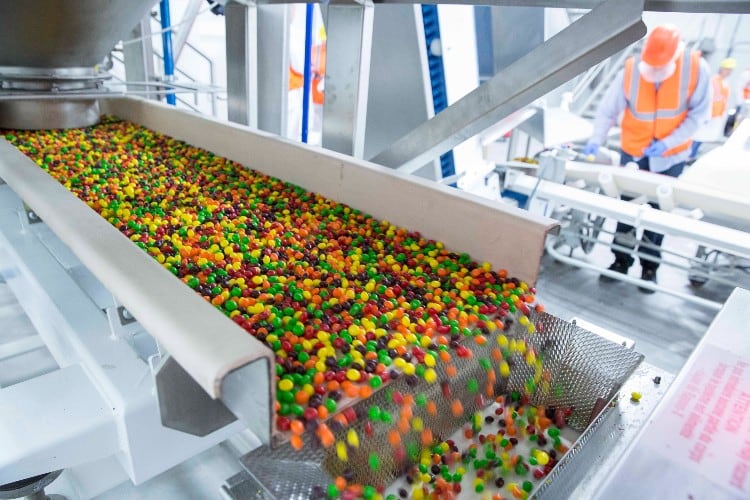“What-if” scenarios through digital supply chain modeling can help brands protect their operations from geopolitical tensions, rising tariffs and regulatory shifts.
“Volatility is the new norm,” said Oisin Hanrahan, CEO and founder of Keychain, a platform that connects CPG brands with manufacturing partners.
“Whether it’s regulatory volatility, whether it’s commodity or ingredient volatility, whether it’s geopolitics, there are just so many forces at play that are not necessarily core to the product,” Hanrahan said.
To help food brands navigate these pressures, Keychain offers an ingredient intelligence platform that allows brands to build digital models of their supply chains and simulate disruptions – from a regulatory shift affecting a single additive, to a macro event like a tariff hike on a core input.
“Ingredients are probably the most vulnerable place in the supply chain for food companies today,” Hanrahan noted. “And the companies that are building digital representations of their supply chain are the ones that are going to win. It’s not about responding faster, it’s about simulating and seeing it before it happens.”
From regulatory whiplash to ingredient strategy
Whether it is California’s ingredient bans or the HHS-led effort to define ultra-processed foods, regulatory pressure is increasing scrutiny on product development – and introducing a new risk.
“There’s a lot of tension between how products are built and how policy is being crafted,” Hanrahan said. “Our job is to sit in between that and build systems that allow companies to simulate that impact. If a certain color gets banned, or if a certain additive is now disallowed or regulated in a different way, how does that impact your portfolio?”
Hanrahan added: “It’s not just ‘What’s my formulation, and what’s the alternative formulation?’ It’s ‘What are my label claims? What are the nutritionals? What are the allergens? What are the sources, the suppliers, the countries of origin?’ It’s this cascading system that needs to be managed.”
‘No one wants more alerts. They want to know what to do.’
While many companies fear AI as an overly automated tool devoid of explanation for its results, Keychain positions its AI tools as scenario accelerators, not decision-makers.
“It’s not, ‘Here’s a black box, here’s your answer.’ It’s, ‘Here’s 10 options. Here are the trade-offs. You pick which one makes sense for your business,’” he explained.
This includes allowing companies to see the impact of various formulation or sourcing changes in real time, factoring in costs, lead times, nutritionals and labeling implications.
“What we do is help companies evaluate the trade-offs of different scenarios and then manage the complexity of executing those changes,” he added.
While AI is adept at identifying problems, its usage is more about giving teams the tools to act, Hanrahan said. “No one wants more alerts. They want to know what to do,” he emphasized.
From compliance to competitive advantage
As consumer expectations evolve and regulatory environments shift, companies that rely on manual tracking or reactive decision-making risk falling behind.
Hanrahan said he believes this is the moment to rethink procurement and product development as intrinsically linked systems.
“You can’t separate your product development strategy from your regulatory strategy anymore. You can’t separate your procurement strategy from your product development strategy. You can’t separate your ESG strategy from your procurement strategy,” he explained.
And the companies that can tie it all together – before disruption hits – will be the ones to win, Hanrahan noted.
“It’s a better way of thinking about the entire ingredient supply chain as a model, not a set of point-in-time decisions that get tracked in spreadsheets,” he added.




